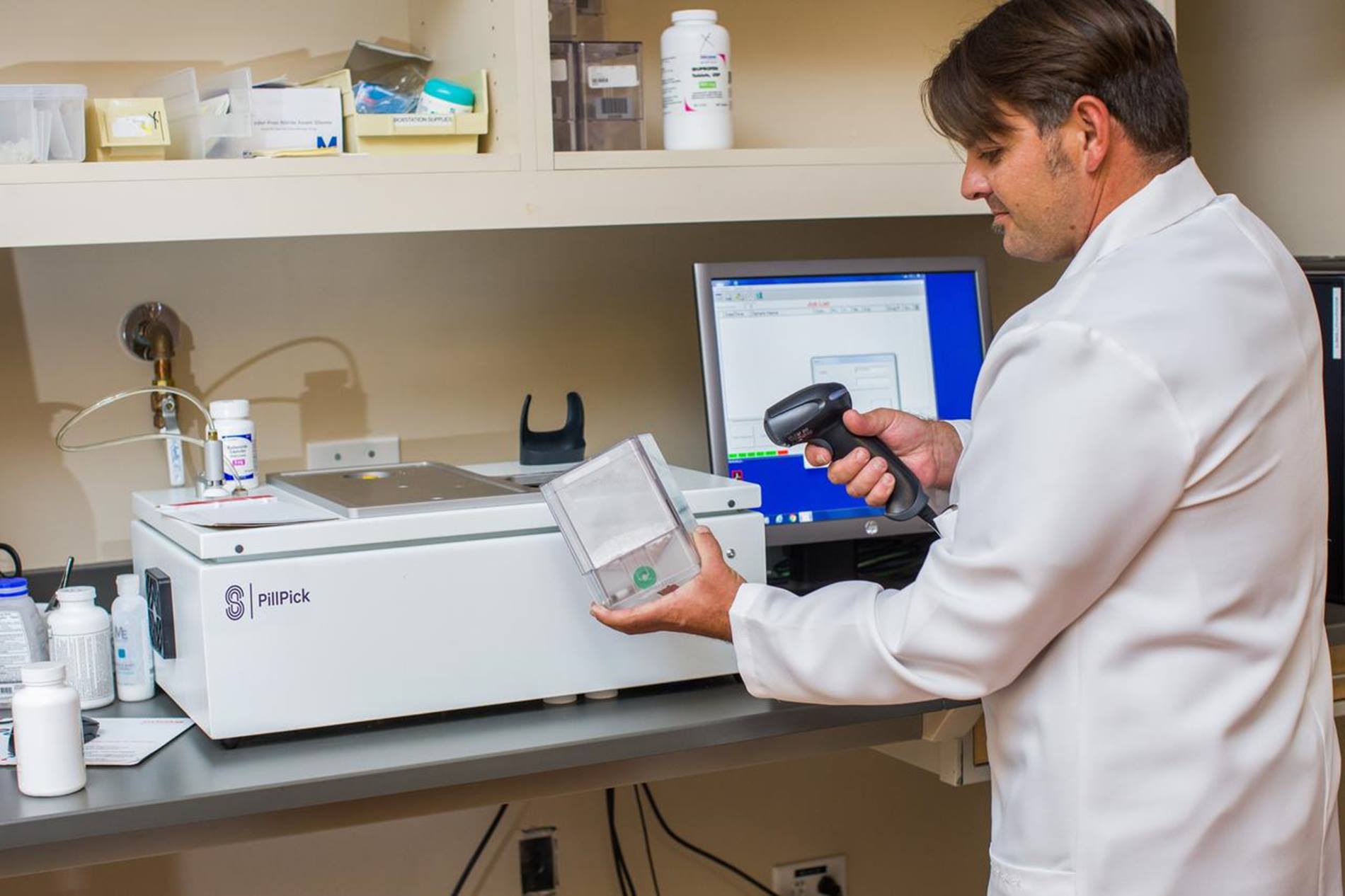Kevin Stalder | 7 March, 2024
Drug Shortages: A Growing Concern
Drug shortages have become an increasingly larger cause of concern over the last few years, steadily amplifying the economic impact and burden they bring along with it. As a result, healthcare institutions are looking into ways to remain flexible in their workflow – whether that be altering the quantities ordered, revisiting their labor costs, or better inventory management practices.
Impact of Drug Shortages on Costs and Patient Care
In 2022, the FDA reported there were 49 new drug shortages in the US, bringing the running total to over 90 that were ongoing at the time of the study. The cost of these shortages has been estimated to exceed $350 million in extra labor costs, attributed to factors such as operational and drug shortage management diverting time and resources away from clinical patient care. A survey by the ASHP in 2023 found that 99% of surveyed pharmacies were experiencing drug shortages, with 32% considered critically impactful and 63% moderately impactful.
Factors Leading to Drug Shortages
Drug shortages can be caused by various factors, including difficulties in acquiring raw materials, manufacturing problems, regulatory issues, business decisions, disturbances within the supply chain, and inventory practices. These factors contribute to disruptions in the availability of medications, impacting patients and healthcare providers.
Impact of COVID-19 on Drug Supply Chain
The COVID-19 pandemic caused a major disruption in the global pharmaceutical supply chain. Stockpiling of drugs occurred as purchasers sought to mitigate uncertainties surrounding the supply chain's return to normal. With only 10% of active pharmaceutical ingredients made domestically in the US, dependence on foreign manufacturers increased vulnerability










